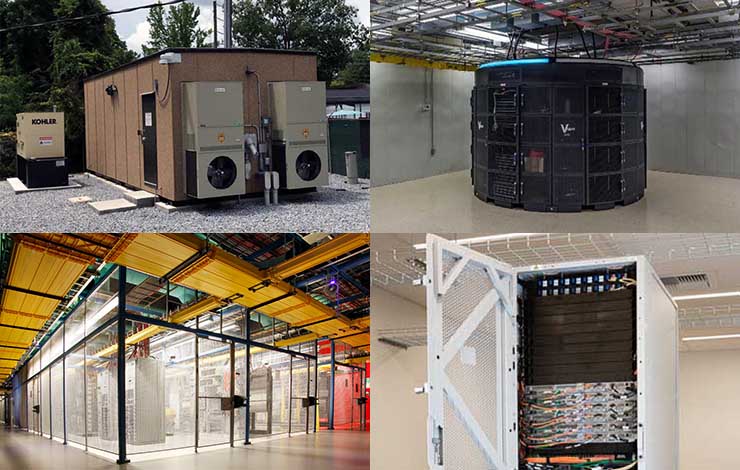The Accelerating Importance of Edge Computing

The advent of 5G wireless and the dispatch of various IoT devices place analytics and computing close to data sources, making edge computing vital today.
What exactly is edge computing? In this context, ”edge” means geographic distance, where production and consumption of information happen. When you say edge computing, the process is done very close to the data source, rather than on the cloud, to do the computing process. With edge computing, the cloud will move closer to you.
Edge computing is changing the way of handling, processing and delivering data coming from devices worldwide. The increasing importance of edge computing comes from the extensive growth of devices connected to the internet (Internet of Things) and the new applications that need real-time computing.
Growth of edge computing
5G wireless and other networking technologies promoting faster connections boost edge computing systems to speed up the support or creation of real-time applications. These include robotics, artificial intelligence, self-driving cars, video processing and analytics, etc.
In its early stages, edge computing’s goals were to handle bandwidth’s data costs when traveling great distances. However, with the growth of data generated by IoT, many real-time applications need to be processed at the edge, which drives the technology behind edge computing further.
Processing data close to the edge
With edge computing, data storage and computation are closer to the devices that generate the information. This facilitates real-time data gathering because the closeness improves latency. Thus, the performance of applications improves. It provides cost-saving opportunities as companies can locally process available data.
Edge computing hardware provides a solution to latency issues by becoming a local source of these tools’ storage and processing. An edge gateway can easily process information from one edge device, filter the data and only send the relevant information through the cloud. This method reduces bandwidth usage.
Various devices can be used as edge gateways, such as a smartphone, a laptop, an IoT sensor, an internet-connected microwave oven or a security camera. These items are now considered edge devices.

Benefits for business
Reducing the cost of bandwidth consumption is already a big factor why many businesses should think about installing an edge-computing structure. It will definitely be lower than the costs in bandwidth when using cloud computing and storage.
But the more engaging factor is the faster data processing and storage, which will help companies access real-time applications efficiently. The increasing capability of edge devices will allow them to be local edge servers, processing data on their own.
With the deployment of 5G wireless technologies and the promise of higher and faster bandwidth and low latency, companies are expected to benefit from edge computing, which provides faster processing in real-time for most devices and systems.
Edge computing will be the next best thing for security system monitoring, autonomous vehicles, medical monitoring devices, and video conferencing.
Since edge computing will greatly reduce bandwidth use, devices connected to the internet will have better performance. The improvement in latency will result in quicker responses as the communication distance between devices, and local servers will be shorter.
Creators and innovators
The potential applications of edge computing are huge, and companies are rushing to create products capable of processing in real-time, such as NVIDIA’s Jetson Xavier NX module that can be built into small tools, such as medical devices, robots, and drones. It is said to be the Edge’s smallest supercomputer for AI in the world. With AI chipsets, processing at the edge and the real-time responses within the devices that need computing, the response time will be instantaneous.
Several companies and many startups are joining the race to develop edge data centers, such as EdgeConneX, Vapor IOData, EdgePresence, EdgeMicro, DartPoints, American Tower, EDJX, Microsoft Azure Space, SBA Communications, and Amazon Web Services.
Several startups are creating AI chipsets to gain a head start in the projected edge computing boom, such as American companies Syntiant, Wave Computing, Cerebras, and SambaNova, and UK startup Graphcore.
Will it be worth the investment? Think about this – the global edge computing market’s projected growth is $3.6 billion (2020), $15.7 billion (2025), and $43.4 billion by 2027.